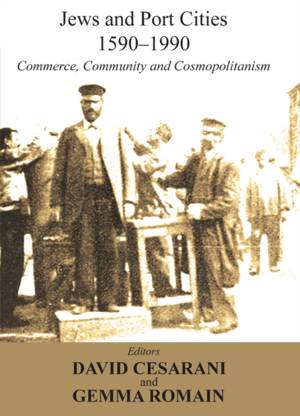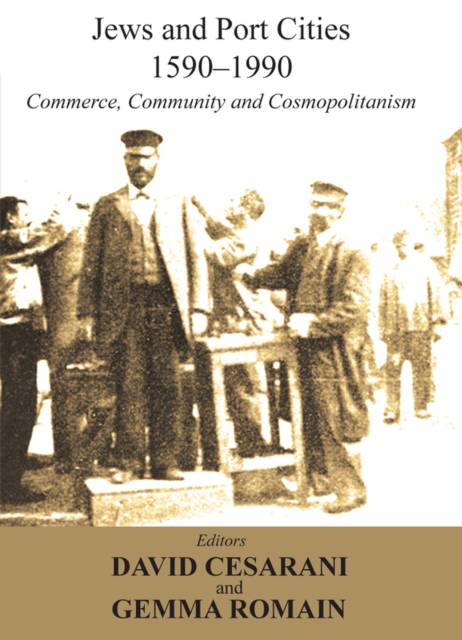
- Afhalen na 1 uur in een winkel met voorraad
- Gratis thuislevering in België vanaf € 30
- Ruim aanbod met 7 miljoen producten
- Afhalen na 1 uur in een winkel met voorraad
- Gratis thuislevering in België vanaf € 30
- Ruim aanbod met 7 miljoen producten
Zoeken
Jews and Port Cities, 1590-1990
Commerce, Community and Cosmopolitanism
€ 26,95
+ 53 punten
Omschrijving
With studies of Jewish communities in port cities ranging from sixteenth century Livorno to modern Singapore, this book develops and extends the concept of the port Jew using a blend of conceptual innovation and original research. The first section explores the world of the Sephardi Jews, revealing patterns of mobility and networks that intertwined commerce, community and kinship. Individual case histories based on Livorno, Amsterdam, Cura�������§ao, Charleston, Liverpool, and Bristol examine how Jewish identity was formed in the unique milieu of the cosmopolitan maritime trading centre, how the commercial ethos of the bustling port promoted tolerance, and how the experience of civic inclusion was both a boon and a threat to Jewish life and culture. Challenging research on Charleston and Liverpool shows how slavery cast a shadow over the Jewish population and created an environment of racialized identities in which Jews occupied an ambiguous and ambivalent position. The second section concentrates on the experience of Ashkenazi Jews in the modern era, when the port was less a commercial hub for exchange and more a location of production, transhipment, and transmigration. Jews went from being primarily settlers and traders to becoming commodities in the business of mass migration. A disturbing case study of Hamburg under the Nazis shows that a history of diversity was no guarantor of tolerance. Yet research on Glasgow, with its ethnic and religious fragmentation, shows how far Jews and non Jews in port cities could get along functionally and amicably. All these contributions explore the concepts of diaspora and identity, probe the links between commerce and inter-communal relations, and map the subtle, shifting contours of language, culture, and community in the unique mercantile environment in the world's greatest ports.
Specificaties
Betrokkenen
- Uitgeverij:
Inhoud
- Aantal bladzijden:
- 318
- Taal:
- Engels
- Reeks:
Eigenschappen
- Productcode (EAN):
- 9780853036821
- Verschijningsdatum:
- 1/01/2006
- Uitvoering:
- Paperback
- Formaat:
- Trade paperback (VS)
- Afmetingen:
- 146 mm x 210 mm
- Gewicht:
- 426 g

Alleen bij Standaard Boekhandel
+ 53 punten op je klantenkaart van Standaard Boekhandel
Beoordelingen
We publiceren alleen reviews die voldoen aan de voorwaarden voor reviews. Bekijk onze voorwaarden voor reviews.







